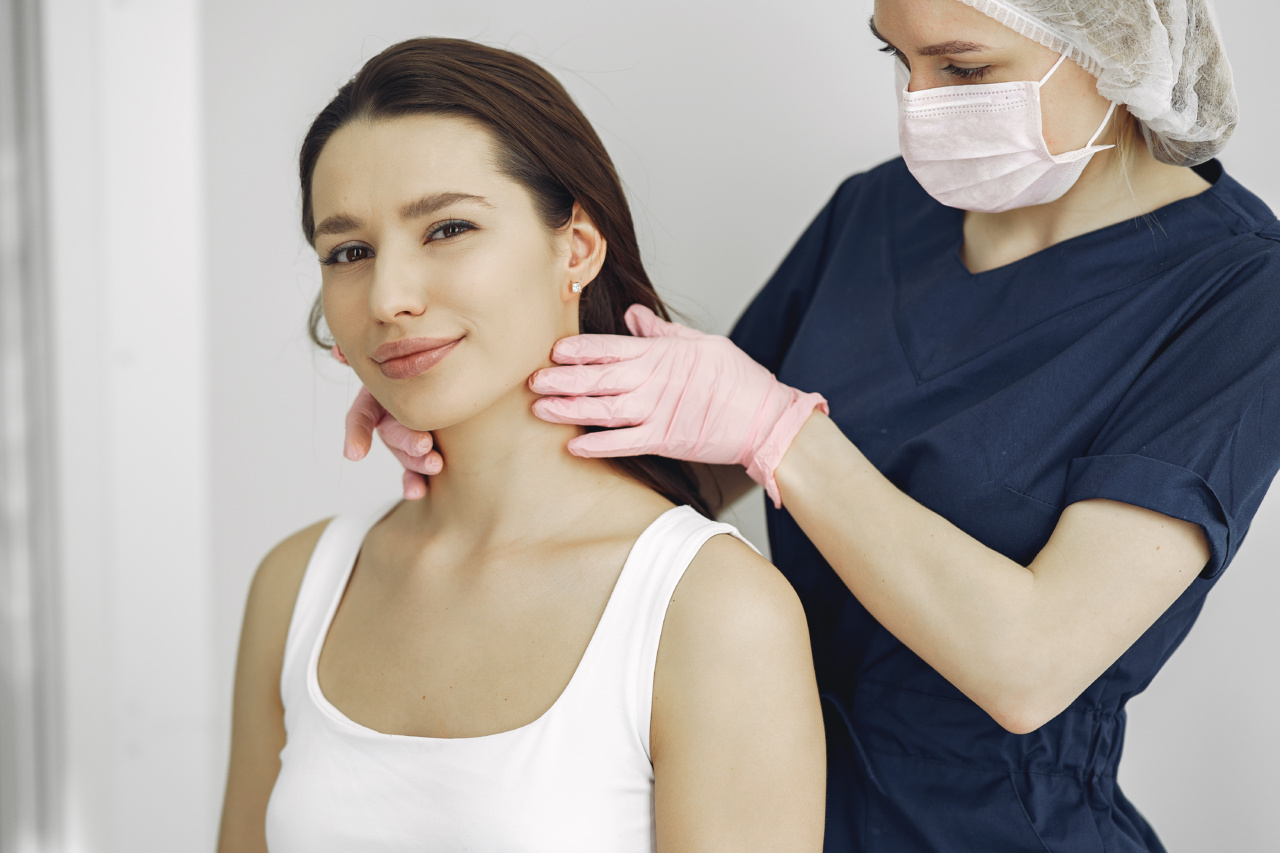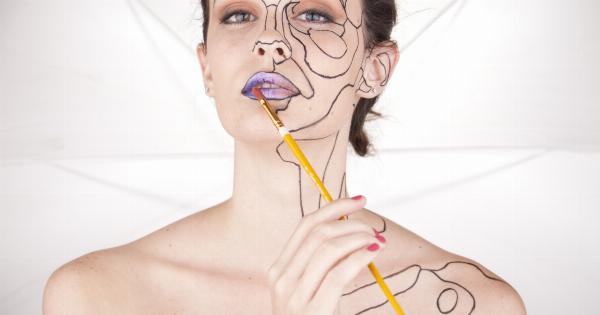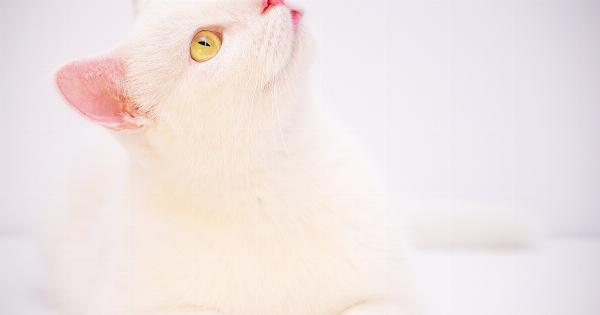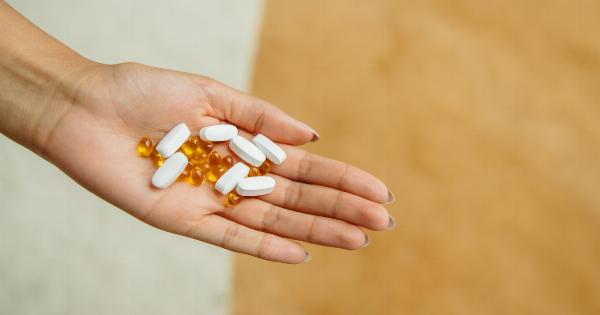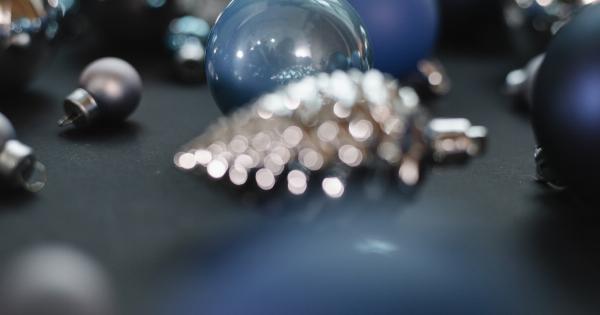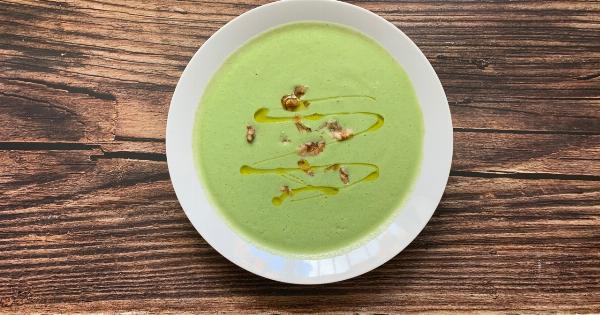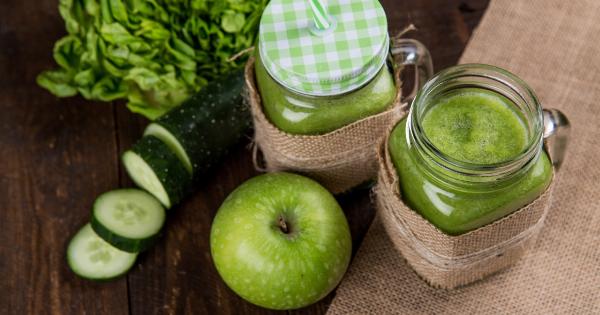Alcohol consumption has become a ubiquitous part of modern society, with many people partaking in social drinking or using alcohol as a means to relax or cope with stress.
While most individuals are aware of the short-term effects of alcohol on the body, such as impaired coordination and judgment, the long-term consequences of excessive alcohol consumption are often overlooked. One area that is particularly affected by prolonged alcohol use is the health of the skin. In this article, we will explore the long-term effects of alcohol on skin health and the importance of making informed choices regarding alcohol consumption.
1. Dehydration
Alcohol is a diuretic, meaning it increases urine production in the body. As a result, frequent alcohol consumption can lead to chronic dehydration. Dehydration can have a significant impact on the health and appearance of the skin.
When the body is dehydrated, the skin becomes dry, dull, and more prone to wrinkles. Additionally, dehydration can exacerbate existing skin conditions such as eczema and psoriasis.
2. Inflammation
Alcohol consumption triggers an inflammatory response in the body, causing blood vessels to dilate and skin redness to occur.
Chronic inflammation can lead to a breakdown of collagen and elastin, two proteins responsible for maintaining the skin’s structure and elasticity. Over time, this can result in premature aging, fine lines, and wrinkles.
3. Acne and Breakouts
Excessive alcohol consumption can disrupt hormonal balance in the body, leading to an increase in oil production and clogged pores. These factors can contribute to the development of acne and other skin blemishes.
Furthermore, alcohol-induced dehydration can impair the skin’s natural ability to heal, prolonging the lifespan of breakouts and making them more difficult to treat effectively.
4. Rosacea
Rosacea is a chronic skin condition characterized by facial redness, visible blood vessels, and sometimes small bumps or pustules.
Alcohol is a common trigger for rosacea flare-ups, with many individuals experiencing worsening symptoms after alcohol consumption. The exact mechanisms behind this association are not fully understood, but it is thought that alcohol-induced inflammation and vasodilation play a role.
5. Poor Wound Healing
Alcohol has been shown to impair the body’s natural wound healing process. The effects of alcohol on the immune system can delay healing and increase the risk of infection.
This can be particularly concerning for individuals who have undergone cosmetic procedures or have skin conditions that require regular wound care.
6. Increased Risk of Skin Cancer
Excessive alcohol consumption has been linked to an increased risk of several types of cancer, including skin cancer.
Studies have shown that alcohol can interfere with DNA repair mechanisms and weaken the body’s natural defenses against carcinogens. Furthermore, alcohol can make the skin more sensitive to harmful ultraviolet (UV) radiation from the sun, further increasing the risk of skin cancer.
7. Nutrient Deficiencies
Alcohol can interfere with the absorption and utilization of essential nutrients in the body, including vitamins and minerals that are crucial for skin health.
For example, alcohol depletes vitamin A, a vital nutrient for skin regeneration and maintenance. Deficiencies in these nutrients can result in a multitude of skin issues, including dryness, flakiness, and a weakened skin barrier.
8. Dark Under-Eye Circles
Regular alcohol consumption can contribute to the development of dark under-eye circles. Alcohol can disrupt the quality of sleep, leading to insufficient rest and the appearance of tired, puffy eyes.
Additionally, alcohol’s dehydrating effects can exacerbate fluid retention around the eyes, making dark circles more prominent.
9. Alcoholic Dermatitis
Alcoholic dermatitis, also known as “hot tub dermatitis,” is a skin condition characterized by red, itchy, and inflamed patches on the skin.
It occurs when the skin comes into contact with bacteria found in alcoholic beverages, particularly beer, which can thrive in warm and moist environments. Continuous exposure to alcohol can worsen the symptoms and perpetuate the cycle of inflammation and skin damage.
10. Impaired Skin Barrier Function
The outermost layer of the skin, known as the stratum corneum, acts as a barrier that helps protect against external aggressors and prevents excessive water loss.
Alcohol disrupts the skin’s barrier function by compromising its lipid barrier, leading to increased water evaporation, dryness, and sensitivity. This impaired barrier function also allows harmful substances and allergens to penetrate the skin more easily, potentially triggering allergic reactions and further inflammation.
